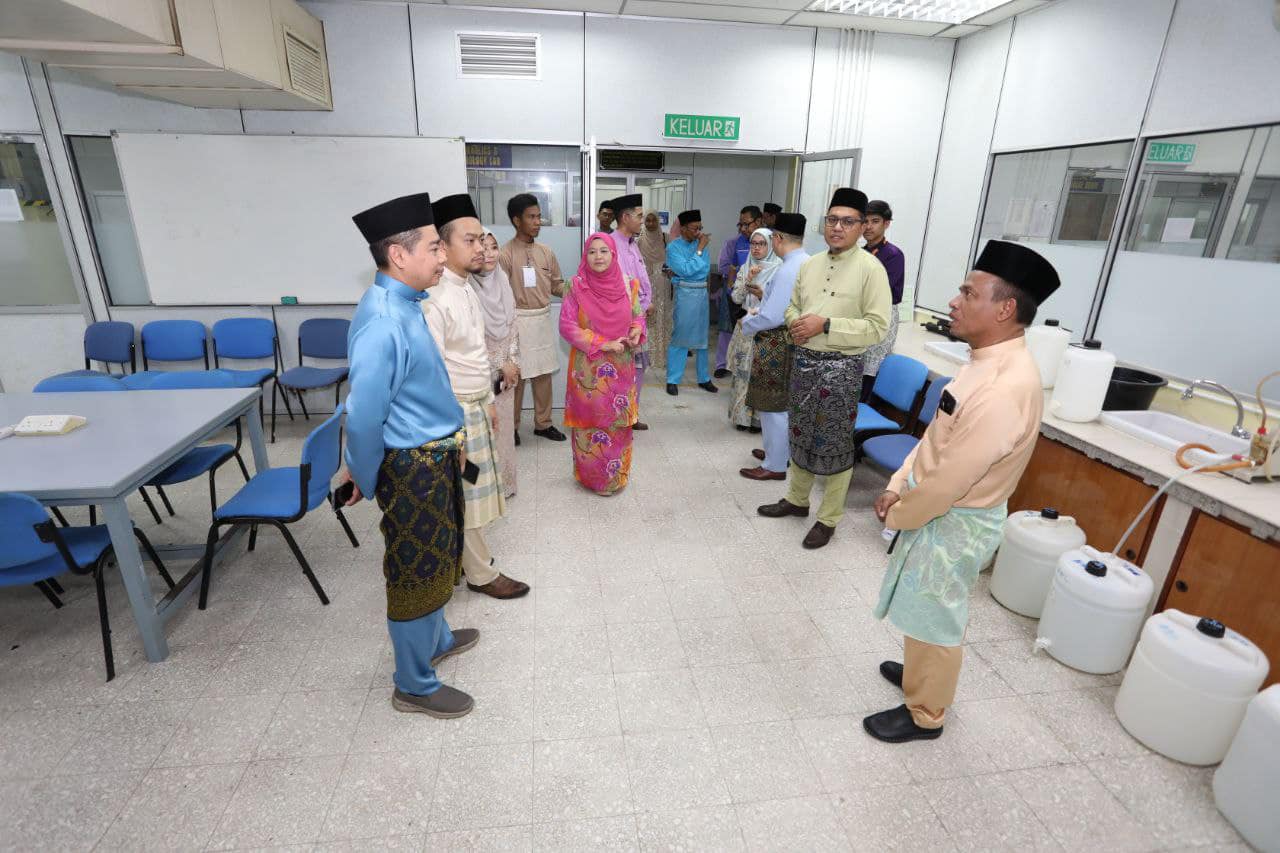Study, training, and experience can sharpen an individual's accumulated set of competencies, which is referred to as human capital. It is one of a company's most valuable assets in today's cutthroat business environment. Organizational output improves when human capital is invested in and developed. The most efficient methods of increasing human capital involve education and training initiatives. When businesses invest in their employees' education and development, they can give them access to useful training programs and courses. Workers that take part in these initiatives will improve their skills and performance on the job.
One way to keep tabs on how your staff is doing and give them constructive criticism is via a performance management system. When workers reflect on their performance, they can better assess where they excel and where they can work. High-performing workers can be singled out with the help of a performance management system, so their employers can reward them with promotions. Mentoring and coaching initiatives can help employees grow in their roles. Mentoring allows senior workers to pass on their expertise to others entering the workforce. This can help junior staff members learn essential skills and knowledge more rapidly, thus increasing their productivity.
Furthermore, by working in a range of roles, workers can acquire expertise in many areas. Rotating personnel through different roles and responsibilities can increase their knowledge of the firm and its inner workings. Employees can benefit from this in several ways, including expanding their skill sets and increasing output. Boosting human capital and output requires a highly engaged workforce. When workers are enthusiastic about their work, they are more inclined to put in extra effort. Companies can motivate their workers by providing a pleasant workplace, challenging yet rewarding tasks, and training and advancement possibilities.
Human capital and productivity both benefit from technological advancements. Businesses might benefit from investing in tools that help workers become more productive and efficient. Automation, for instance, can help businesses save time and resources by streamlining routine tasks and decreasing the number of mistakes made by humans. The well-being and efficiency of workers depend on their ability to strike a balance between work and personal life. Telecommuting and altered schedules are only two examples of the kinds of workplace flexibility that employers might provide. If workers can balance their professional and personal lives, they will be more effective.
Therefore, companies can help their workers grow by providing opportunities for formal and informal training, guidance from superiors, exposure to other roles, and other forms of investment in their professional growth. Employers can leverage technology to improve the work-life balance of their workforce, which in turn can enhance their productivity. By investing in the human capital of their employees, businesses can develop more robust teams and gain a competitive edge in the market.
Dr. Noorazeela Zainol Abidin is a senior lecturer at Universiti Malaysia Perlis.
The views expressed here are those of the author/contributor and do not necessarily represent the views of The Pulse.

